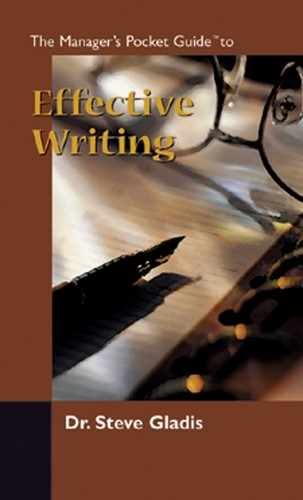Conjunctions are just one way of keeping readers on track. You may know where you’re going, but your readers won’t, unless you give them a hint. So, words such as and, but, as, as well as, also, however, therefore, thus, further, and moreover, as well as directive phrases such as in contrast, on the other hand, and in other words, all depict the relationship of one part of your writing to another.
To illustrate, if you write, “Computers are useful in the office setting, but …,” the reader has a clue from the word but that what follows will oppose or contrast what you’ve just said. On the other hand (see how this phrase will work on you as a reader), if you were to say, “Computers are useful in the office setting. Therefore …” your reader expects you to draw a conclusion, because words like thus and therefore imply a conclusion. Thus (see, there it is again!), by using specific transitional words you can cue your readers and keep them on track. Remember, transitions help readers understand relationships. The following list will help you with transitions:
|
Relationship |
Transition |
|
addition |
also, and, moreover, further, similarly, likewise |
|
comparison |
in the same way, likewise |
|
opposition/contrast |
but, however, on the other hand, yet |
|
example |
for example, for instance |
|
cause and effect |
as a result, thus, therefore, hence |
|
time and/or space |
above, around, earlier, soon, then |
|
summary |
at last, finally, in conclusion, in summary |
Transitions serve as the signposts that help readers stay with you. If you shift directions, give them a hint—an inclination of your new direction. They’ll appreciate your help and reward you by reading on, instead of discarding your writing for something less frustrating.
